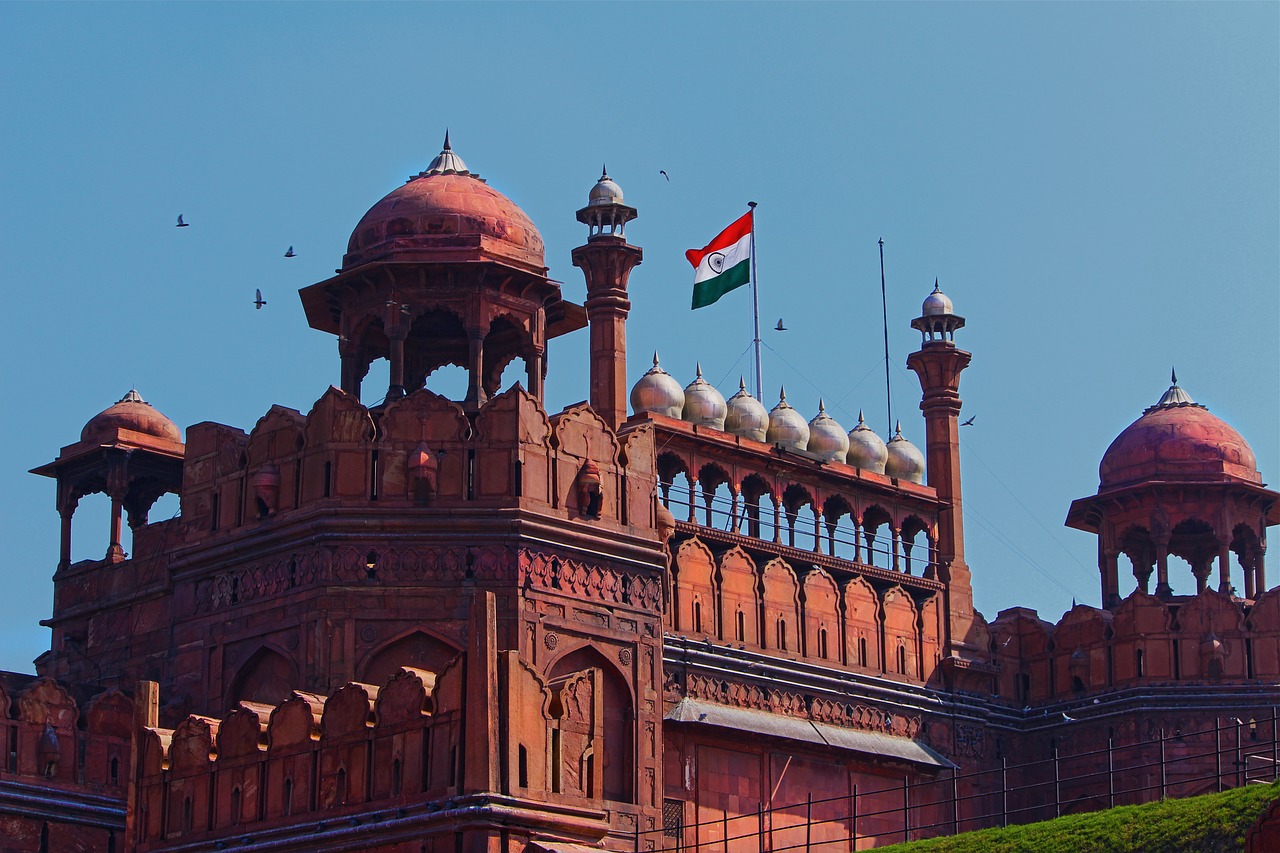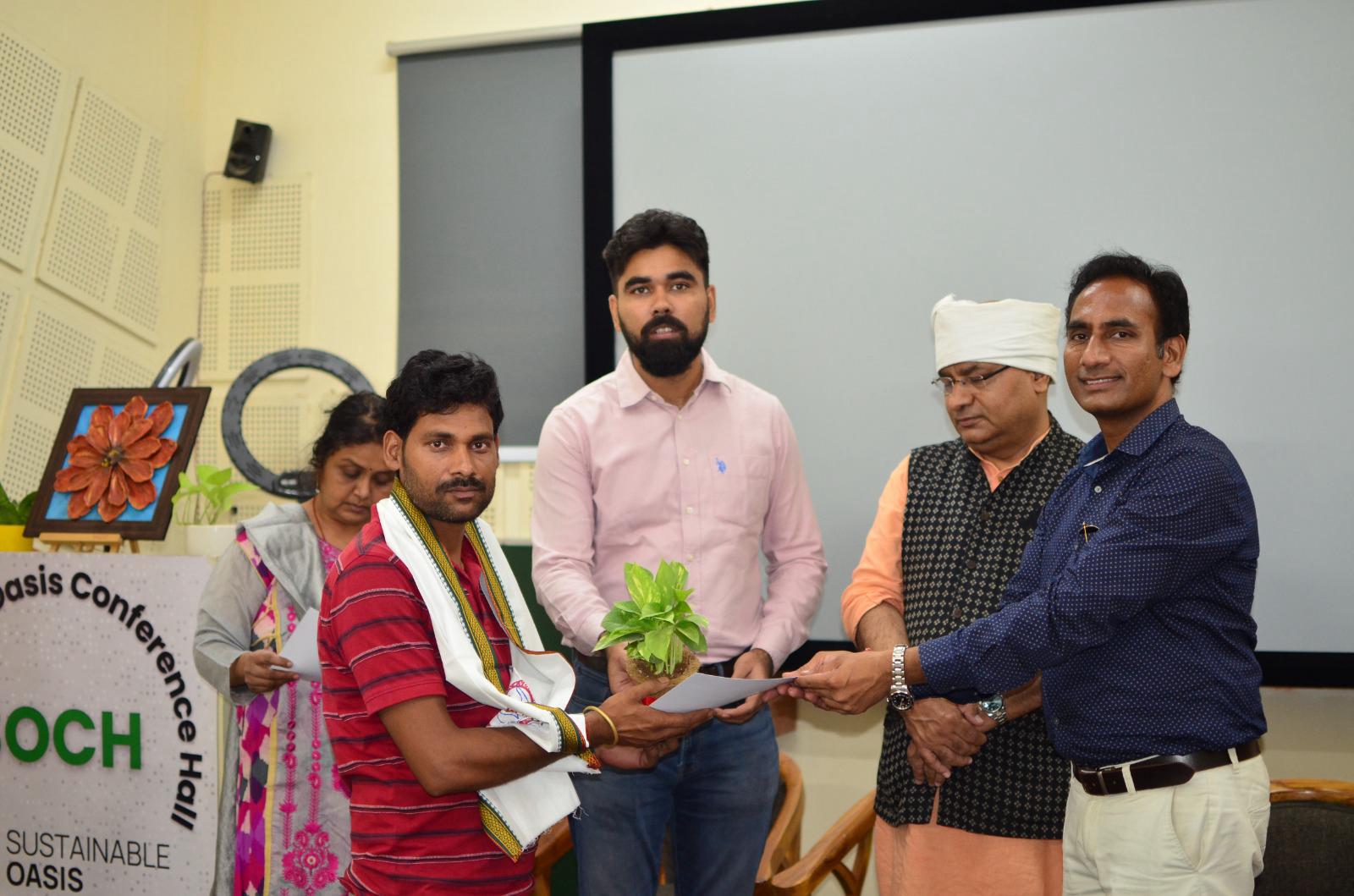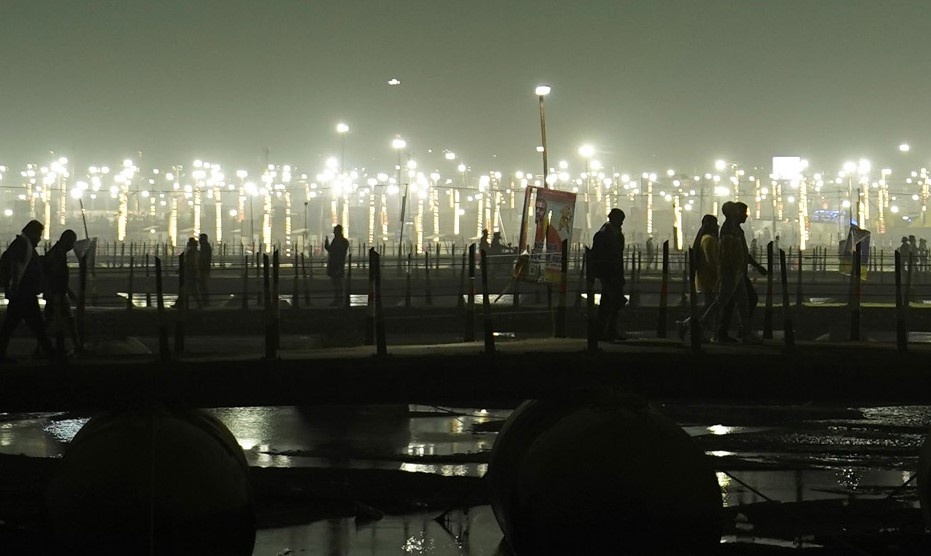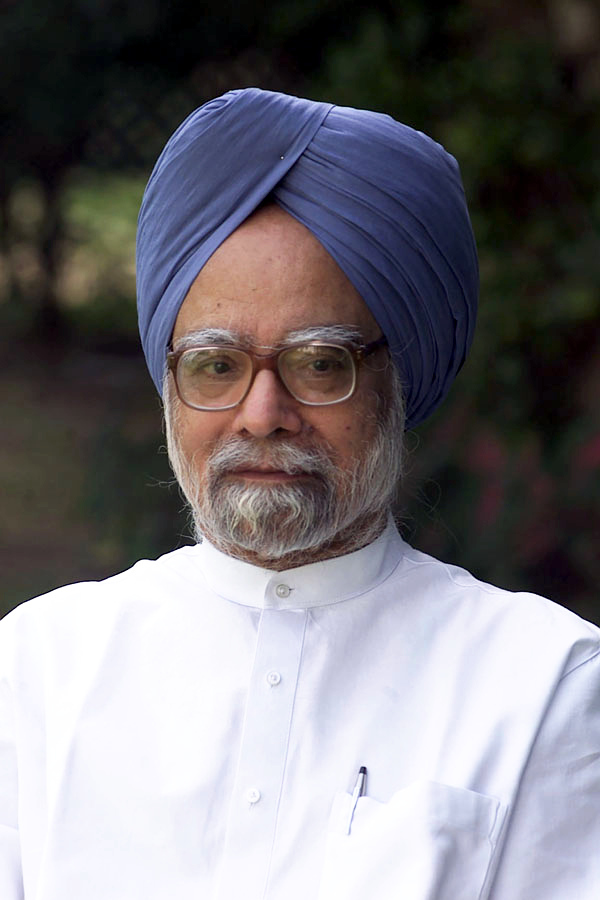Rajnath dedicates indigenously built Coast Guard ship Vigraha to nation
Defence Minister Rajnath Singh today dedicated the indigenously built Coast Guard Ship Vigraha in Chennai to the nation
THC Bureau | August 28, 2021 11:00 pm
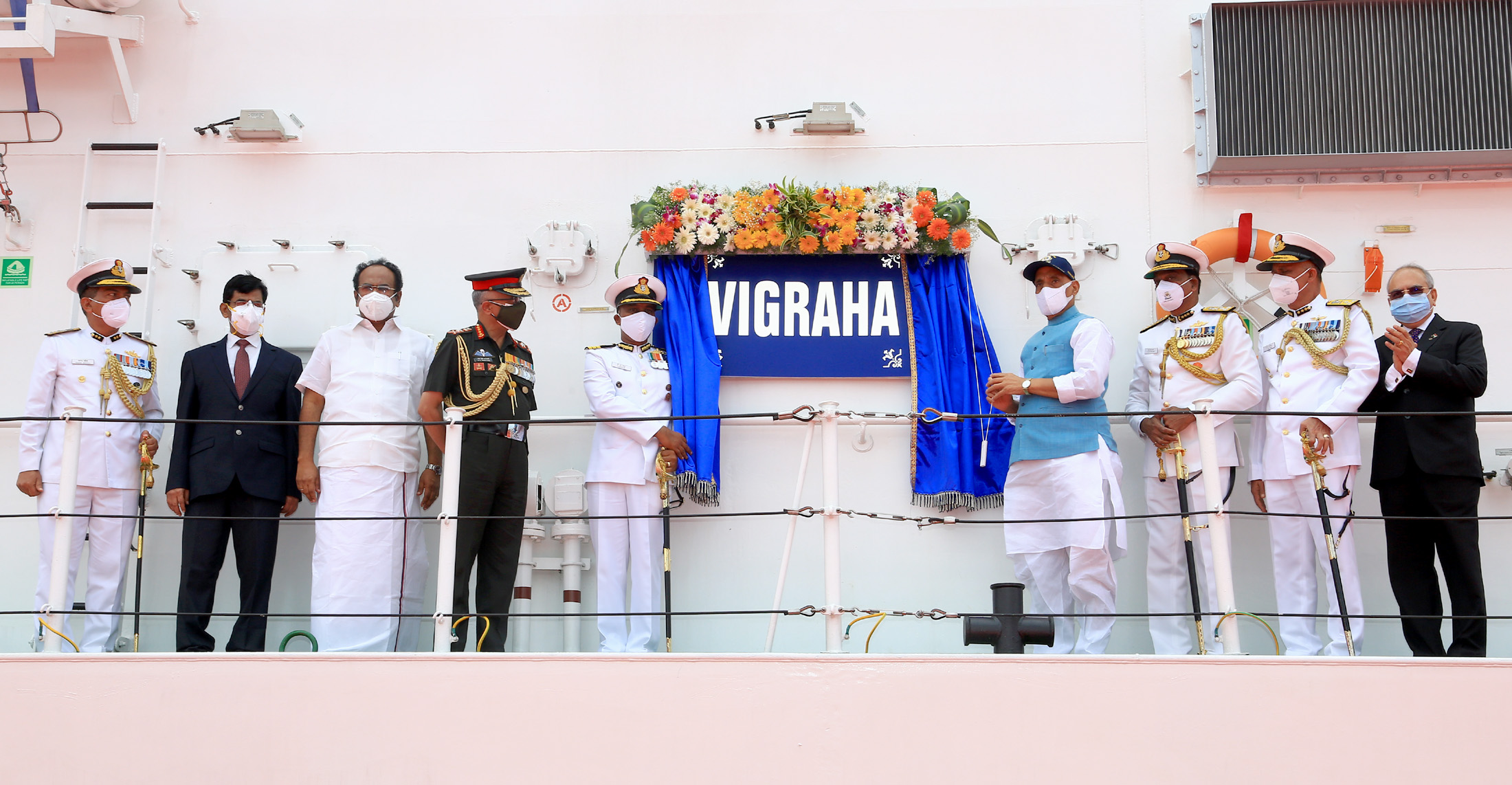
Defence Minister Rajnath Singh dedicates iIndigenously built Indian Coast Guard ship Vigraha to the nation, at Chennai on August 28
Defence Minister Rajnath Singh today dedicated the indigenously built Coast Guard Ship Vigraha in Chennai to the nation.
ICGS Vigraha will be based at Visakhapatnam and operate on India’s eastern seaboard under the Operational and Administrative Control of the Commander, Coast Guard Region (East). Under the command of Commandant P.N. Anoop, it has 11 officers and 110 men.
The 98-meter OPV has been designed and built indigenously by Larsen & Toubro Ship Building Ltd and is fitted with advanced technology radars, navigation and communication equipment, sensor and machinery capable of operating in tropical sea conditions.
The vessel is armed with a 40/60 Bofors gun and fitted with two 12.7 mm stabilized remote control gun with a fire control system. The ship is also equipped with the integrated bridge system, the integrated platform management system, the automated power management system, and the high-power external firefighting system. The ship is designed to carry one twin-engine helicopter and four high-speed boats for boarding operation, search and rescue, law enforcement, and maritime patrol.
The ship is also capable of carrying limited pollution response equipment to contain oil spill at sea. The ship displaces about 2,200 tons and is propelled by two 9,100-KW diesel engines to attain a maximum speed of 26 knots with endurance of 5,000 nm at economical speed.
The ship, on joining the Coast Guard eastern fleet, will be deployed extensively for EEZ surveillance and other duties as enshrined in the Coast Guard charter to safeguard the maritime interests of India. With this ship joining the fleet, Indian Coast Guard will have 157 ships and 66 aircraft in its inventory.
Terming it an important step towards achieving ‘AatmaNirbhar Bharat,’ the Defence Minister said the ship is a perfect example of a successful partnership between public and private sectors to realize the dream of self-reliant India. It is also a reflection of the significant improvement in India’s coastal defense capability.
Saying that public-private partnership is the way forward to achieving ‘Aatmanirbhar Bharat,’ he highlighted that for the first time in the history of Indian defence, contracts for not one or two but seven vessels have been signed with a private sector company. And, more importantly, within seven years of signing this agreement in 2015, it is not only the launch but also the commissioning of all these seven vessels has been completed.
On the changing global security environment, Singh stated that countries around the world are strengthening their military power and his government, through various reforms, is ensuring that India is not left behind. “We are leaving no stone unturned to develop a strong and powerful military and a self-reliant defence industry,” he said.
He listed out some of the reforms, including simplification of the process of licensing in the defence sector, faster procurement processes, emphasis on exports, encouragement to private enterprise, establishment of defence corridors, and promulgation of the new Defence Acquisition Procedure 2020.
He expressed confidence that due to these reforms India will soon become a defence manufacturing hub which will cater to not just the domestic needs but to the whole world. He reiterated the government’s resolve to move in that direction on the 75th anniversary of Independence that is being celebrated as ‘Azadi ka Amrit Mahotsav’ across the country.
Saying that the economic, political and trade relations between countries are constantly fluctuating, Singh said that India cannot remain untouched by these developments as “our interests are directly linked to the Indian Ocean.” He described the Indian Ocean region as a key route not just for India but for the entire world as it is home to more than two-thirds of the oil shipments, one-third of bulk cargo, and over half of container traffic.

